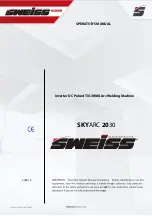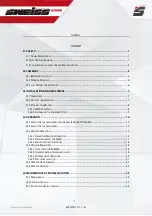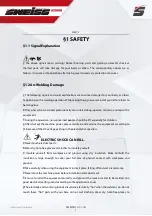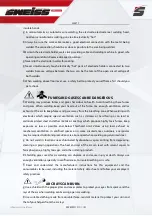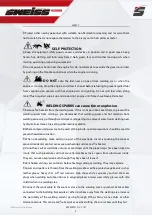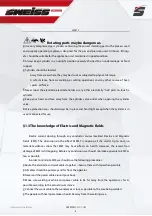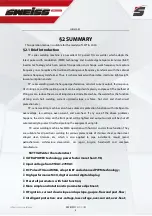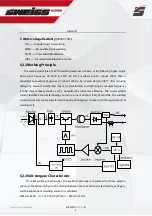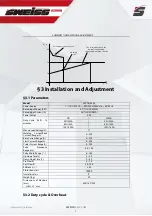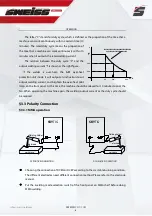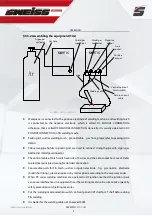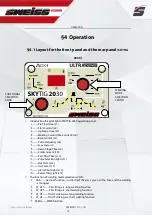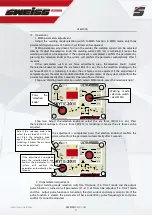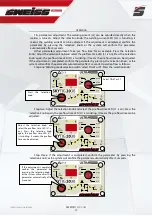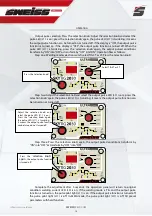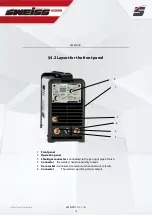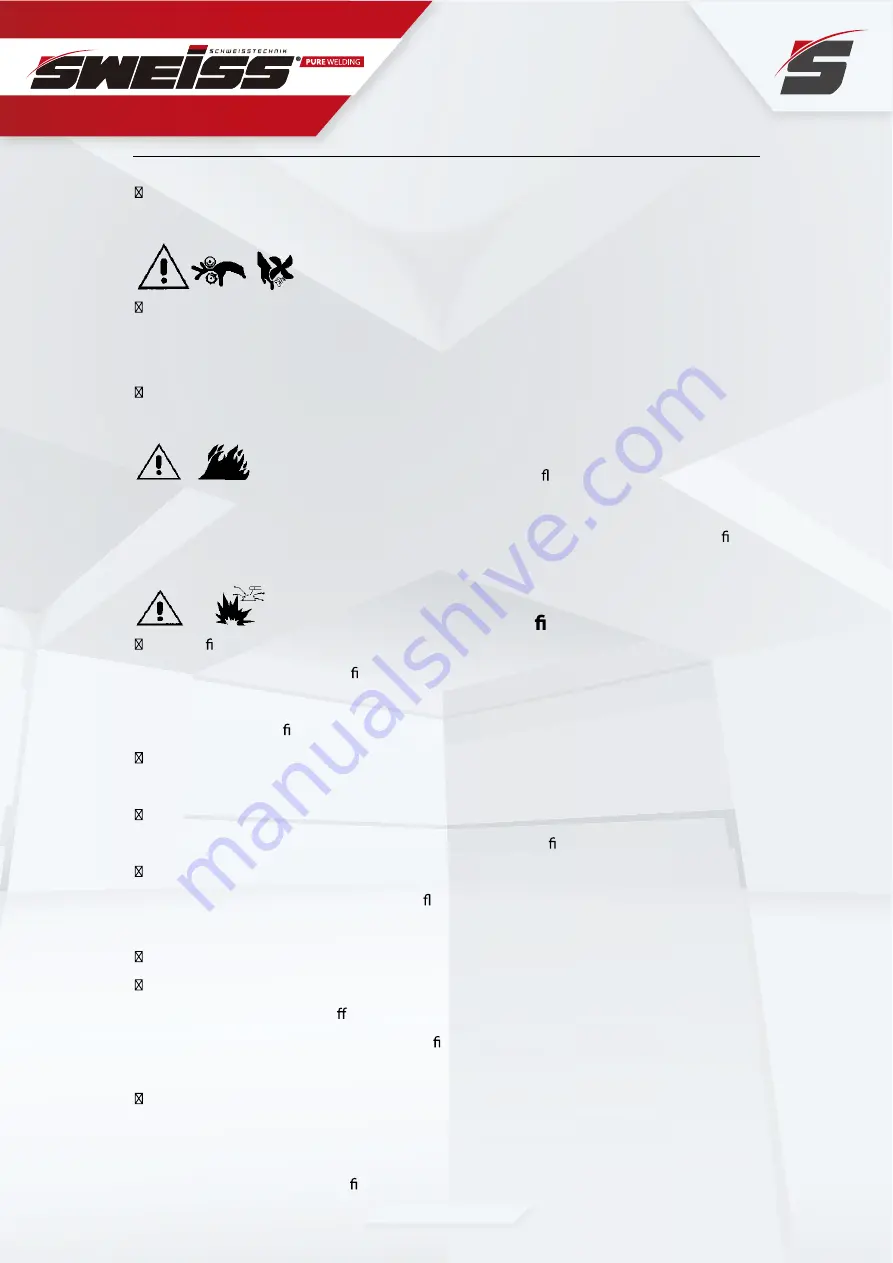
SWEISS
WELD.COM
info@sweissweld.com
SAFETY
3
Protect other nearby personnel with suitable, non-flammable screening and /or warn them
not to watch the arc nor expose themselves to the arc rays or to hot spatter or metal.
SELF-PROTECTION
Keep all equipment safety guards, covers and devices in position and in good repair. Keep
hands, hair, clothing and tools away from V-belts, gears, fans and all other moving parts when
starting, operating or repairing equipment.
Do not put your hands near the engine fan. Do not attempt to override the governor or idler
by pushing on the throttle control rods while the engine is running.
DO NOT
adds the fuel near an open ame welding arc or when the
engine is running. Stop the engine and allow it to cool before refueling to prevent spilled fuel
from vaporizing on contact with hot engine parts and igniting. Do not spill fuel when lling
tank. If fuel is spilled, wipe it up and do not start engine until fumes have been eliminated.
WELDING SPARKS can cause re or explosion.
Remove re hazards from the welding area. If this is not possible, cover them to prevent the
welding sparks from starting a re. Remember that welding sparks and hot materials from
welding can easily go through small cracks and openings to adjacent areas. Avoid welding near
hydraulic lines. Have a re extinguisher readily available.
Where compressed gases are to be used at the job site, special precautions should be used to
prevent hazardous situation.
When not welding, make certain no part of the electrode circuit is touching the work or
ground. Accidental contact can cause overheating and create a re hazard.
Do not heat, cut or weld tanks, drums or containers until the proper steps have been taken to
insure that such procedures will not cause ammable or toxic vapors from substances inside.
They can cause an explosion even though they have been “cleaned”.
Vent hollow castings or containers before heating, cutting or welding. They may explode.
Sparks and spatter are thrown from the welding arc. Wear oil free protective garments such as
leather gloves, heavy shirt, cu less trousers, high shoes and a cap over your hair. Wear ear
plugs when welding out of position or in con ned places. Always wear safety glasses with side
shields when in a welding area.
Connect the work cable to the work as close to the welding area as practical. Work cables
connected to the building framework or other locations away from the welding area increase
the possibility of the welding current passing through lifting chains, crane cables or other
alternate circuits. This can create re hazards or overheat lifting chains or cables until they fail.

